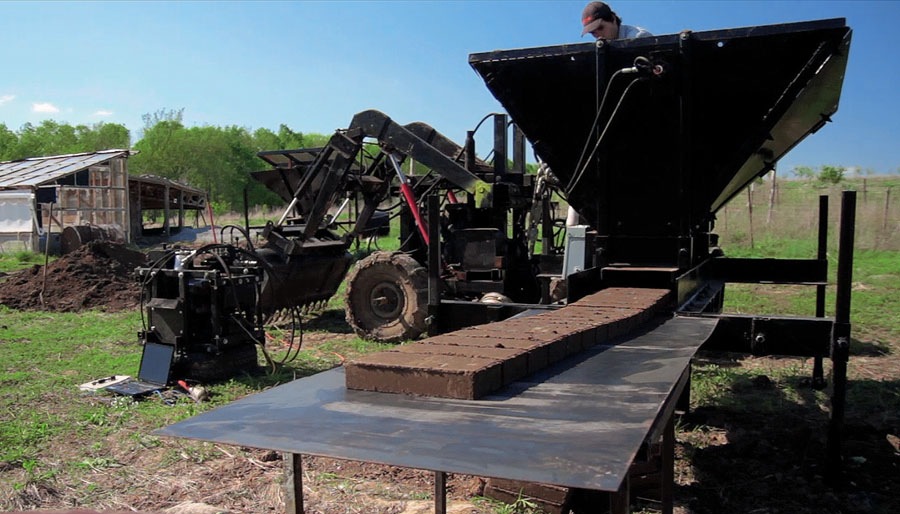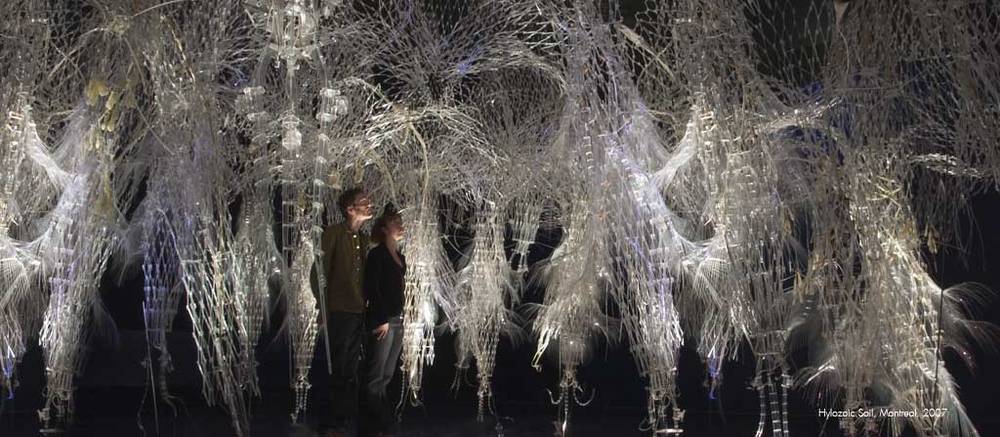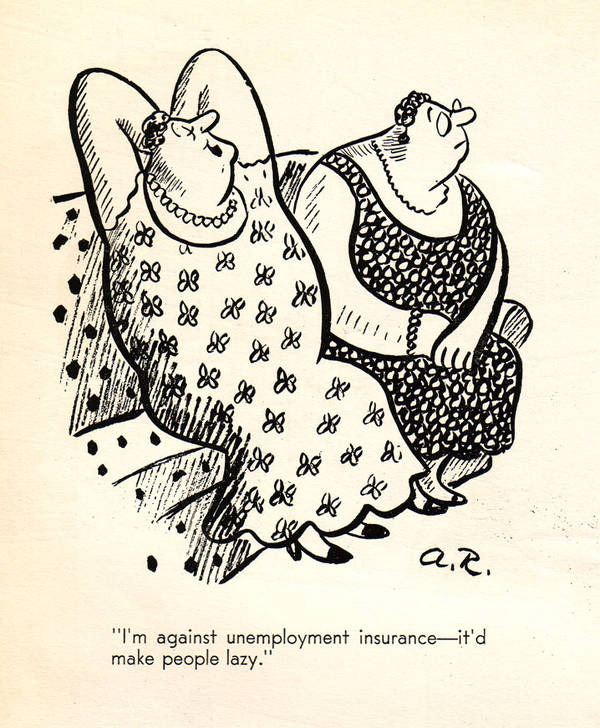
Meara O'Reilly says:
Open Source Ecology is a network of farmers, engineers, and supporters building the Global Village Construction Set -- a modular, DIY, low-cost, open source, high-performance platform that allows for the easy fabrication of the 50 different industrial machines that it takes to build a small, sustainable civilization with modern comforts.
They've launched a Kickstarter here.
The founder, Marcin Jakubowski, PhD, has a TED talk here.
Their extensive wiki has been facilitating global collaboration on the toolset. They have been 100% crowd funded for the last 4 years.
The aim of the GVCS is to lower the barriers to entry into farming, building, and manufacturing. Its a life-size lego set that could create entire economies, whether in rural Missouri, where the project was founded, or in the developing world.
Yes, they are crazy, idealistic, foolish, and headstrong. But they may succeed, and that would be really interesting.
Response to a FAQ: Its true, GVCS machines do rely heavily on mail order parts for the guts of the machines at present. This will transition into reliance on DIY parts after the full release of the Open Source Microfactory and the further development of the 3d parts library. The Open Source Microfactory is the portion of the GVCS that is just for making stuff, it will include: CNC Multimachine, CNC Circuit Mill/3d Printer, Induction Furnace, Ironworker, CNC Torch Table, Universal Welder, CNC Lasercutter, Hot Metal Roller.




